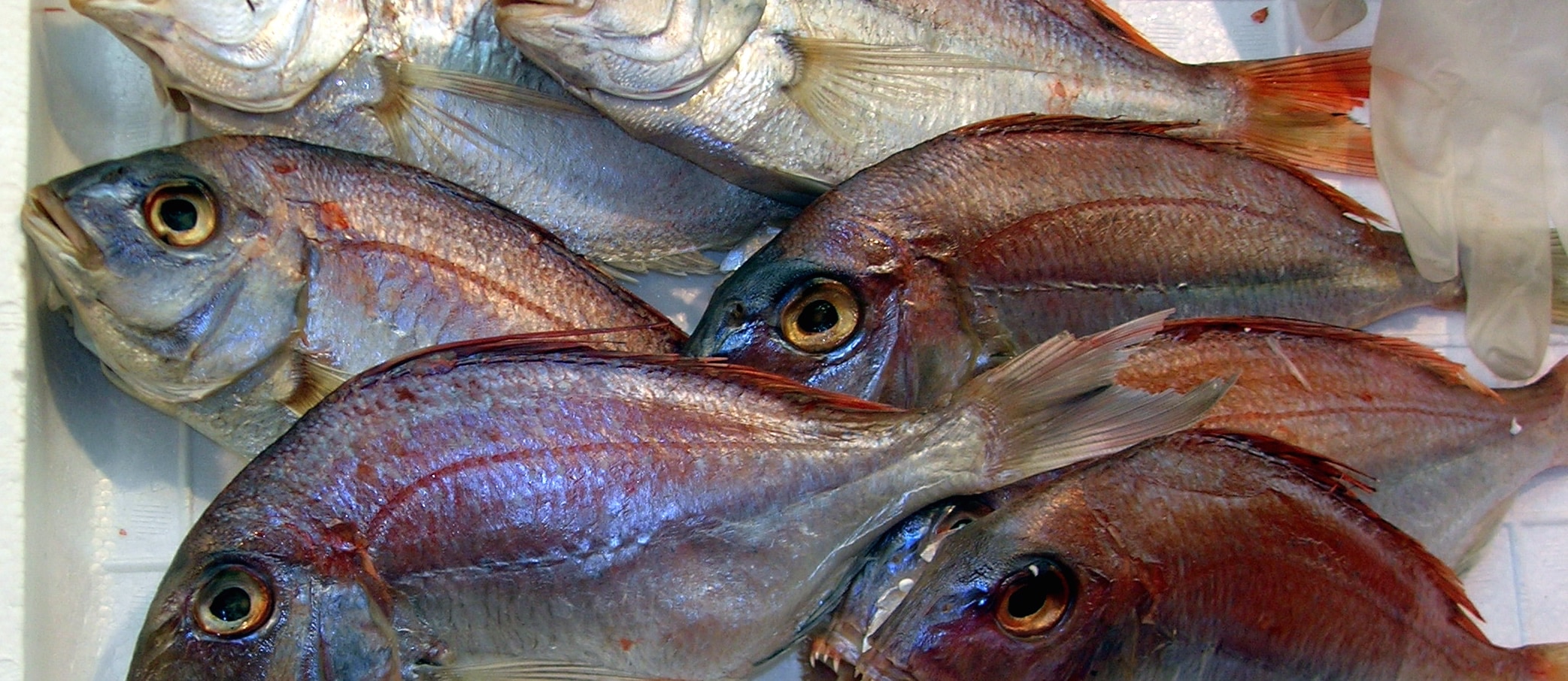In the past two years, six separate meta-analyses have been published on the relationship between fish consumption and type 2 diabetes. The whole point of a meta-analysis is to compile the best studies done to date and see what the overall balance of evidence shows. The fact that there are six different ones published recently highlights how open the question remains. One thread of consistency, though, was that fish consumers in the United States tended to be at greater risk for diabetes.
If we include Europe, then fish eaters appeared to have a 38% increased risk of diabetes. On a per serving basis, that comes out to be about a 5% increase in risk for every serving of fish one has per week. To put that into perspective, a serving of red meat per day is associated with 19% increase in risk. Just one serving per day of fish would be equivalent to a 35% increase in risk. But why might fish be worse than red meat?
Fish intake may increase type 2 diabetes risk by increasing blood sugar levels, as a review of the evidence commissioned by the U.S. government found. The review found that blood sugars increase in diabetics given fish oil. Another possible cause is that omega 3’s appear to cause oxidative stress. A recent study, highlighted in my video, Fish and Diabetes, found that the insulin producing cells in the pancreas don’t appear to work as well in people who eat two or more servings of fish a week. Or it may not be related to omega 3’s at all but rather the environmental contaminants that build up in fish.
It all started with Agent Orange. We sprayed 20 million gallons of the stuff on Vietnam, and some of it was contaminated with trace amounts of dioxins. Though the Red Cross estimates that a million Vietnamese were adversely affected, what about all the servicemen who were exposed spraying it across the countryside? Reports started showing up that veterans exposed to Agent Orange appeared to have higher diabetes rates than unexposed veterans, a link that’s now officially recognized.
These so-called “persistent organic pollutants” are mainly man-made industrial chemicals and are among the most hazardous compounds ever synthesized. They include dioxins, PCBs, and certain chlorine-containing pesticides, all of which are highly resistant to breakdown in the environment.
Initially condemned for their deleterious effect on reproductive function and their ability to cause cancer, there is now a growing body of evidence showing that exposure to these pollutants leads to metabolic diseases such as diabetes. This is a breakthrough that “should require our greatest attention.”
For more on the role industrial pollutants may play in our diabetes epidemic, see Diabetes and Dioxins and Pollutants in Salmon and Our Own Fat.
More on the changing views surrounding fish oil supplements in Is Fish Oil Just Snake Oil?
Other foods associated with diabetes risk include processed meat and eggs. See Bacon, Eggs, and Gestational Diabetes During Pregnancy and Eggs and Diabetes, while Indian gooseberries and flaxseeds may help (Amla Versus Diabetes and Flaxseed vs. Diabetes).
Other videos on how polluted our oceans now are include:
- Fukushima and Radioactivity in Seafood
- Food Sources of Flame Retardant Chemicals
- DDT in Umbilical Cord Blood
- Food Sources of Perfluorochemicals
- Fish Intake Associated with Brain Shrinkage
- How Long to Detox from Fish Before Pregnancy
-Michael Greger, M.D.
PS: If you haven’t yet, you can subscribe to my videos for free by clicking here and watch my full 2012 – 2015 presentations Uprooting the Leading Causes of Death, More than an Apple a Day, From Table to Able, and Food as Medicine.
